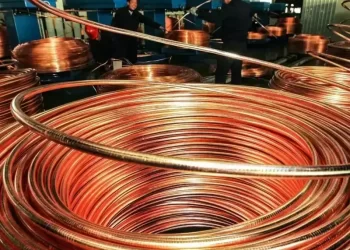MUMBAI: India’s monsoon rains have lost momentum after covering western regions ahead of schedule, and their arrival in northern and central states could be delayed, extending a heatwave in the grain-growing plains, two senior weather officials told Reuters.
Summer rains, critical to spur economic growth in Asia’s third-largest economy, usually begin in the south around June 1 before spreading nationwide by July 8, allowing farmers to plant crops such as rice, cotton, soybeans, and sugarcane.
“The monsoon has slowed down after reaching Maharashtra and may take a week to regain momentum,” an official of the India Meteorological Department (IMD) told Reuters.
The monsoon arrived nearly two days ahead of schedule in the western state home to the commercial capital of Mumbai, but its progress in central and northern states will be delayed by a few days, added the official, who sought anonymity.
The lifeblood of the nearly $3.5-trillion economy, the monsoon brings nearly 70% of the rain India needs to water farms and refill reservoirs and aquifers.
In the absence of irrigation, nearly half the farmland in the world’s second-biggest producer of rice, wheat and sugar depends on the annual rains that usually run from June to September.
The maximum temperature in India’s northern states ranges between 42 degrees Celsius and 46 degrees C (108 degrees Fahrenheit to 115 degrees F), which is nearly 3 degrees C to 5 degrees C (5 degrees F and 9 degrees F) above normal, the IMD data showed.
India forecasts above average monsoon rains in boost to crop output
India’s northern and eastern states, such as Uttar Pradesh, Bihar, Punjab, Haryana, Uttarakhand and Odisha, are likely to experience days of heatwave in the next two weeks, another weather official said. “Weather models are not indicating any early respite from the heatwave,” the official said.
“The delay in the monsoon’s progress will increase temperatures in the northern plains.”
Both officials sought anonymity because they were not authorised to speak to the media. India is among several parts of Asia wilting in an unusually hot summer, a trend scientists say has been worsened by human-driven climate change.
This month, the capital New Delhi recorded its highest ever temperature at 49.9 degrees C (122 degrees F) in some places, while grappling with a water shortage in heat hovering as high as 44 degrees C (112 degrees F).









